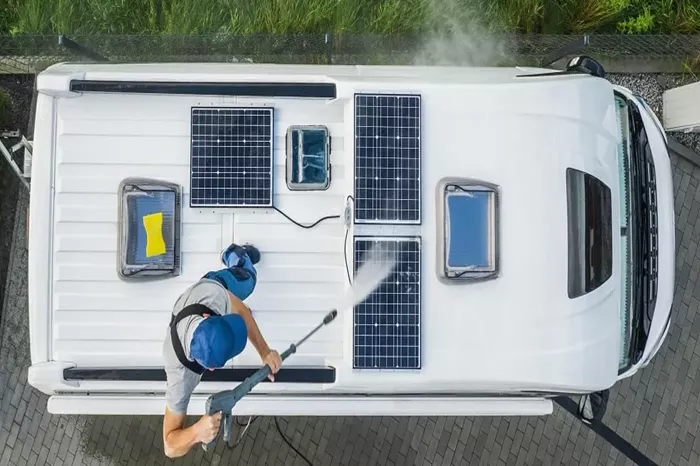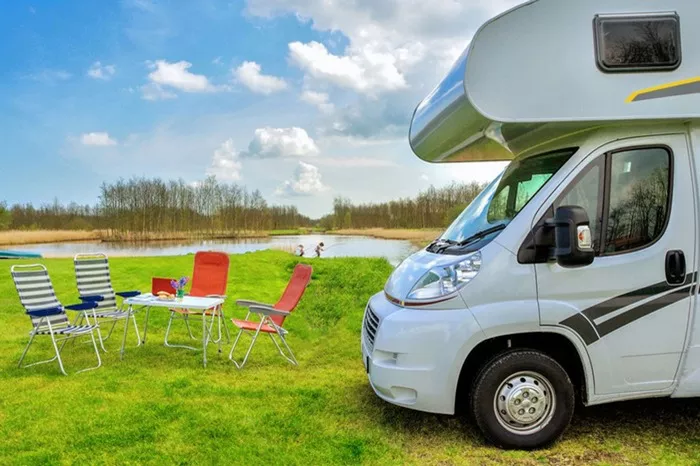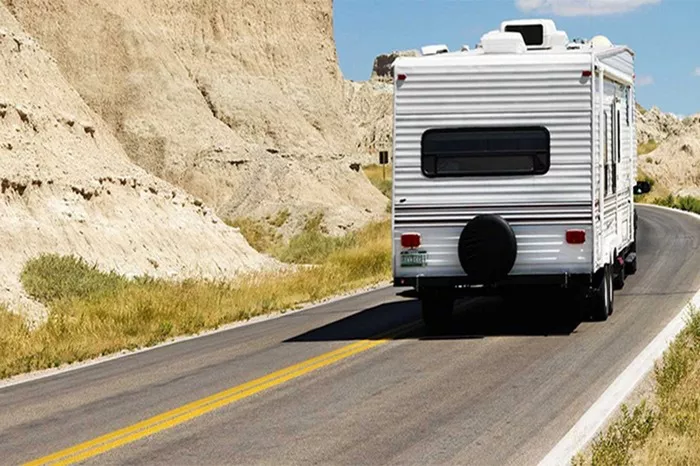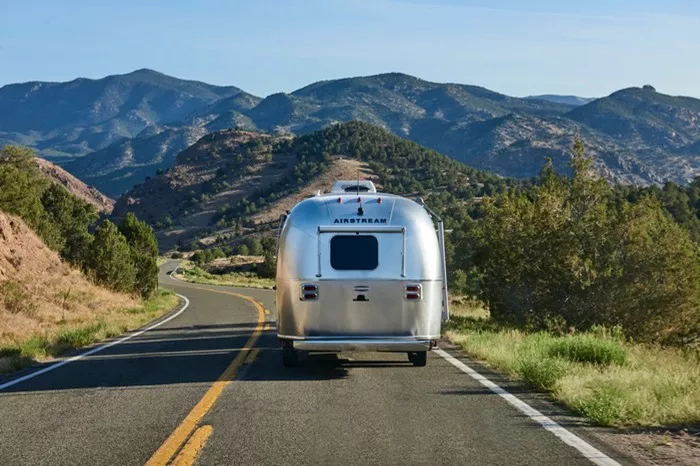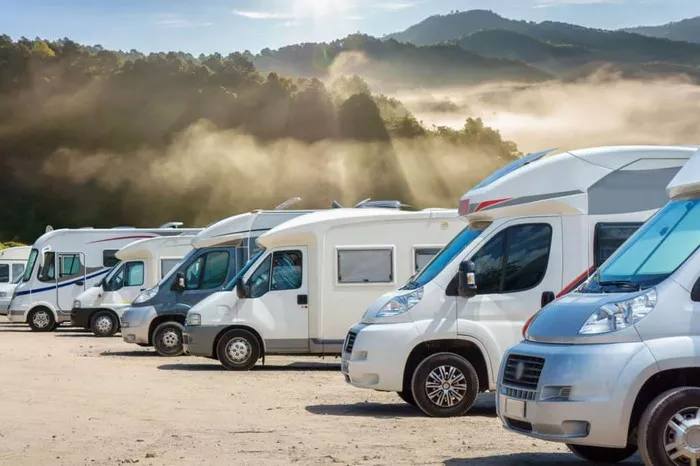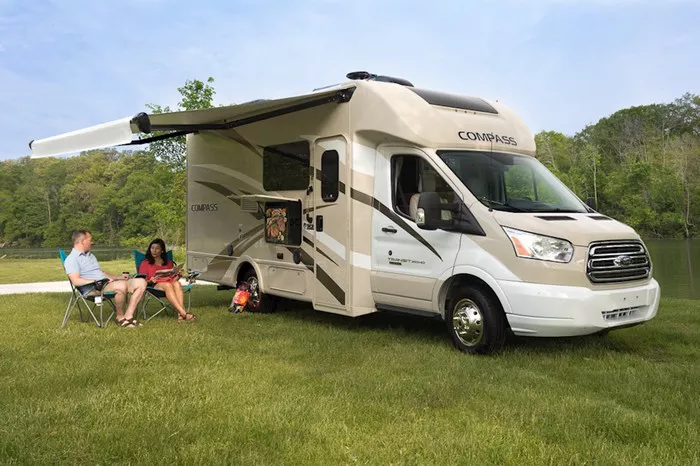Owning a recreational vehicle (RV) can be one of the most liberating experiences, offering the freedom to travel and explore at your own pace. However, with that freedom comes the responsibility of maintenance, including the need to protect your investment from damage. One common issue RV owners face is roof leaks. This leads to the important question: does insurance cover RV roof leaks? In this article, we will explore the intricacies of RV insurance, the factors that determine coverage, and what steps you can take to protect your RV from leaks.
Understanding RV Insurance
RV insurance is not a one-size-fits-all policy. It varies based on several factors including the type of RV, how it is used, and the coverage options you select.
When looking into insurance, it is crucial to understand the difference between full-timer and part-timer insurance, as well as standard coverage options.
Full-timer insurance is similar to homeowners insurance and is designed for those who live in their RV year-round. It generally offers more comprehensive protection.
Part-timer insurance is tailored for those who use their RV for seasonal trips or occasional outings. This type of policy may not cover everything, particularly when it comes to wear and tear, such as roof leaks.
Types of Coverage
RV insurance typically includes several types of coverage, such as liability, collision, and comprehensive coverage.
Liability coverage protects you if you are found at fault in an accident causing injury or property damage to others.
Collision coverage helps pay for repairs to your RV after an accident, regardless of fault.
Comprehensive coverage covers non-collision-related incidents like theft, vandalism, or natural disasters.
However, the coverage for specific issues like roof leaks can vary significantly.
Roof Leak Damage and Coverage
Most standard RV insurance policies will not cover roof leaks due to poor maintenance. Insurance companies often classify roof leaks as a result of wear and tear rather than sudden damage.
However, if the leak results from a specific event, like a hailstorm, your comprehensive coverage may apply.
It’s essential to read your policy thoroughly to understand what is included and excluded.
Factors Influencing Coverage
Several factors influence whether an RV insurance policy covers roof leaks:
Age of the RV: Older RVs may not qualify for certain coverages, as they are more likely to have pre-existing issues.
Maintenance history: Insurers may deny claims for leaks if you cannot demonstrate regular maintenance.
Cause of the leak: Leaks from accidents or sudden events are more likely to be covered than those resulting from neglect.
Maintenance and Prevention
Maintaining your RV roof and taking preventive measures are essential to prolonging the lifespan of your vehicle and avoiding costly repairs. Regular care not only helps prevent leaks but also ensures that your RV remains in excellent condition, providing you with peace of mind and a comfortable living space during your travels. Here are some comprehensive steps and tips for maintaining and preventing roof leaks in your RV.
Regular Inspections
Conducting regular inspections of your RV roof is the cornerstone of preventive maintenance. Ideally, you should inspect your roof at least twice a year—once before the start of the travel season and once at the end. Here’s a detailed approach to inspecting your RV roof:
Visual Inspection: Start with a thorough visual inspection of the entire roof. Look for any signs of wear and tear, such as cracks, tears, or holes in the roofing material. Pay special attention to seams, edges, and areas around roof accessories like vents, skylights, and air conditioning units.
Check Seals and Caulking: Inspect the seals and caulking around all roof openings. Over time, these seals can deteriorate due to exposure to the elements, leading to potential leaks. Look for any signs of cracking, peeling, or separation.
Examine Roof Attachments: Ensure that roof attachments such as antennas, solar panels, and luggage racks are securely fastened. Loose attachments can cause movement and friction, which might damage the roof material.
Interior Inspection: Check the interior ceiling and walls for signs of water damage. Discoloration, stains, or soft spots can indicate a leak that needs to be addressed.
Cleaning Your RV Roof
Keeping your RV roof clean is crucial for preventing leaks and extending its lifespan. Dirt, debris, and organic material like leaves and branches can trap moisture, leading to mold, mildew, and eventual roof deterioration. Follow these steps to clean your RV roof effectively:
Choose the Right Cleaning Products: Use cleaning products specifically designed for RV roofs. Avoid harsh chemicals that can damage the roofing material. For rubber roofs, a mild detergent or specialized rubber roof cleaner is ideal.
Remove Debris: Before washing, use a soft broom or brush to remove loose debris. This will prevent scratching the roof during the cleaning process.
Wash the Roof: Apply the cleaning solution and use a soft brush or mop to scrub the roof gently. Pay attention to heavily soiled areas and stubborn stains. Rinse thoroughly with water to remove all soap residues.
Inspect While Cleaning: While washing the roof, take the opportunity to inspect for any damage that might have been hidden under the dirt. Address any issues immediately to prevent them from worsening.
Applying Sealant
Applying sealant is a proactive measure to protect your RV roof from leaks. Sealants help maintain the integrity of seams, edges, and areas around roof fixtures. Here’s how to apply sealant effectively:
Choose the Right Sealant: Select a sealant that is compatible with your RV roof material. For rubber roofs, use a rubber-specific sealant. For fiberglass or metal roofs, choose an appropriate product designed for those surfaces.
Clean the Area: Ensure the area to be sealed is clean and dry. Any dirt or moisture can prevent the sealant from adhering properly.
Apply the Sealant: Using a caulk gun, apply the sealant evenly along seams, edges, and around roof fixtures. Smooth the sealant with a spatula or your finger to ensure it fills all gaps and adheres well.
Allow to Cure: Follow the manufacturer’s instructions for curing time. Avoid exposing the sealed areas to water until the sealant has fully cured.
Storing Your RV Properly
Proper storage of your RV when not in use can significantly reduce the risk of roof leaks. Here are some storage tips:
Use a Cover: Invest in a high-quality RV cover that fits your vehicle snugly. A cover will protect your roof from UV rays, rain, snow, and debris.
Choose the Right Location: If possible, store your RV in a covered or indoor facility. This offers the best protection from the elements. If indoor storage is not an option, choose a well-drained area to prevent water pooling around the RV.
Ventilation: Ensure that your RV is properly ventilated during storage to prevent moisture buildup inside, which can lead to mold and mildew.
See Also: Will RV Insurance Cover Water Damage?
Avoiding Overloading
Excessive weight on your RV roof can stress the structure and lead to potential leaks. Here’s how to manage roof load effectively:
Know Your Limits: Be aware of the weight limits specified by your RV manufacturer for roof attachments. Exceeding these limits can cause damage.
Distribute Weight Evenly: If you need to store items on the roof, such as luggage or recreational equipment, distribute the weight evenly to avoid putting too much pressure on any one area.
Secure Attachments: Ensure that all roof attachments are securely fastened to prevent movement and friction that can damage the roof material.
What to Do If You Discover a Leak
If you discover a roof leak, it is crucial to act quickly to prevent further damage.
First, document the damage by taking photos and keeping a record of when and how the leak occurred.
Next, assess the damage. Minor leaks may be repaired easily, while major leaks may require professional help.
If you plan to file an insurance claim, contact your insurer promptly to discuss your situation and follow their procedures.
Filing an Insurance Claim for Roof Leaks
When filing a claim for a roof leak, be prepared to provide detailed information to support your case.
This includes:
Documentation of maintenance and repairs
Evidence of the cause of the leak
Photos of the damage
It’s also advisable to familiarize yourself with the claims process of your insurance provider to ensure a smooth experience.
Alternatives to Insurance Coverage
If your RV insurance policy does not cover roof leaks, consider alternative options.
Some RV owners opt for extended warranties or specialized RV maintenance plans, which can offer protection against specific types of damage.
Additionally, self-insuring for minor repairs can be a cost-effective strategy, allowing you to save money on premiums while managing smaller repair expenses yourself.
Conclusion
In summary, whether insurance covers RV roof leaks largely depends on the specifics of your policy and the circumstances surrounding the leak. Regular maintenance and inspections play a vital role in preventing leaks and ensuring that your RV remains in good condition.
Understanding your insurance coverage, keeping detailed records, and acting quickly in the event of damage are key to protecting your investment and enjoying your RV adventures worry-free.
Always consult with your insurance provider to clarify coverage options and consider additional protection strategies to safeguard against potential issues like roof leaks.
FAQs
1. Does insurance cover RV roof leaks caused by wear and tear?
Insurance typically does not cover roof leaks caused by wear and tear. Most insurance policies consider wear and tear as part of the normal aging process of an RV, and therefore, it is the owner’s responsibility to maintain their vehicle to prevent such issues. Regular maintenance, such as cleaning and inspecting the roof, applying sealants, and fixing minor issues before they escalate, is essential. However, if a roof leak occurs due to a sudden and accidental event, such as a hailstorm or a fallen tree branch, comprehensive coverage might apply, depending on the specifics of your policy.
2. How can I prove that my RV roof leak was caused by a covered event?
To prove that your RV roof leak was caused by a covered event, you will need to provide substantial evidence. Start by taking clear, detailed photos of the damage, including the surrounding area to show the context. If the damage occurred due to a storm, gather weather reports or news articles that document the event. Additionally, keeping maintenance records showing that you have regularly inspected and maintained your RV can help demonstrate that the leak was not due to neglect. When you file your claim, provide a thorough explanation of how the damage occurred, supported by all the evidence you have collected.
3. Will my insurance premium increase if I file a claim for a roof leak?
Filing a claim for a roof leak could potentially lead to an increase in your insurance premium, but this depends on several factors, including your insurance provider’s policies, the frequency of your claims, and the cost of the claim. Some insurers may offer forgiveness for a single claim, especially if you have a history of responsible RV ownership and maintenance. However, multiple claims or claims for preventable issues like neglect or lack of maintenance might lead to higher premiums. It’s always a good idea to discuss potential premium impacts with your insurance provider before filing a claim.
4. Are there insurance policies that specifically cover RV roof leaks?
While standard RV insurance policies may not specifically cover roof leaks caused by wear and tear, some extended warranties and specialized RV maintenance plans do offer coverage for roof repairs. These plans can provide peace of mind by covering the cost of repairs due to normal use and aging. It’s important to carefully read the terms and conditions of any extended warranty or maintenance plan to understand what is covered. Additionally, you can discuss with your insurance agent to explore if there are any endorsements or additional coverage options that can be added to your existing policy to cover roof leaks.

